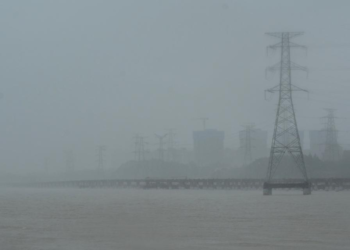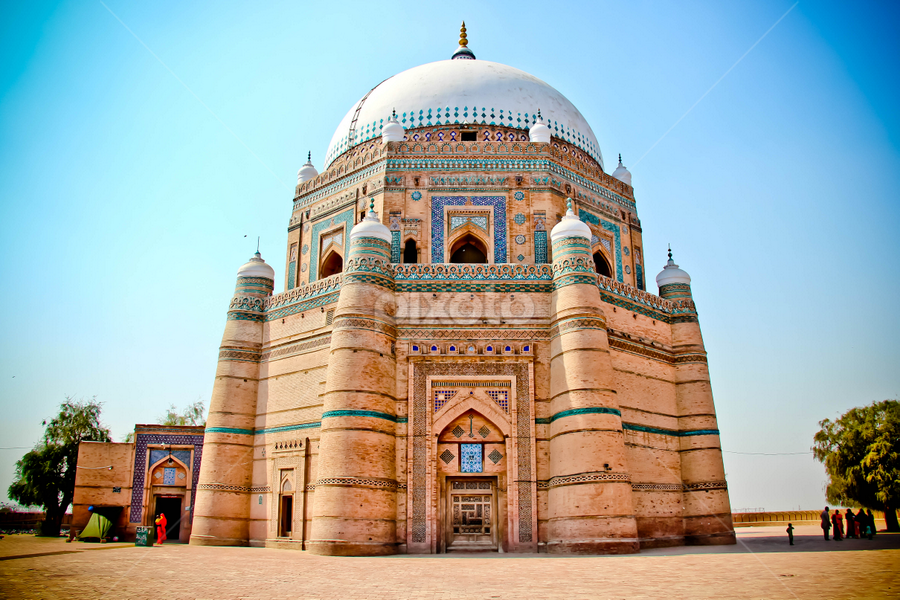NEW DELHI, Nov 13 (Reuters) – Totaram Maurya heaves bricks and sacks of cement on building sites in New Delhi to feed his family of seven. But he’s been stuck at home with no pay for more than 10 days because of a ban on building work aimed at easing a toxic smog over the city.
“If I’m going to get sick from air pollution and die then I would prefer to die while working as I have mouths to feed,” said Maurya, his bamboo hut on the banks of the Yamuna river shrouded in a murky haze.
Delhi, a city of 20 million people, is the world’s most polluted capital. It has been gripped by poor air quality since early this month, as happens every year despite government pledges to fix the problem.
Bans on construction, in the hope of keeping down the dust and reducing vehicle exhaust, are not new.
Thousands of labourers like Maurya have been put out of work as authorities struggle to clear fine particles in the air that can rise to levels almost 20 times higher than a World Health Organization (WHO) safe limit.
The 45-year-old Maurya said he usually earns about 500 rupees ($6) a day.
“It’s tough to lift the heavy materials, especially when there’s pollution as I cough a lot when smoke gets in my lungs and my eyes burn,” said the sole wage earner in his family.
The only protection he could afford was a handkerchief over his face, Maurya said.
Delhi’s air pollution gets worse in winter when the wind drops and the air cools, trapping pollutants spewed out from vehicles, industry and the burning of agricultural waste as farmers in surrounding bread-basket states burn off stubble to prepare for new planting.
Grappling for solutions, city authorities ban construction and stop heavy vehicles coming into the city. Schools have also been closed.
The city has at times sent out water trucks to spray in the air in the hope of clearing the smoke and dust and this year, for the first time, they will try to make rain.
HAZARDOUS AIR
Scientists expect some cloud cover next week and hope there will be enough moisture in the air to trigger rain through cloud seeding, said Manindra Agrawal, a scientist at the Indian Institute of Technology at Kanpur, southeast of Delhi, who is leading the trial.
Rain brought some short-lived relief late last week but pollution surged again as revellers defied a ban on firecrackers to mark the Hindu festival of Diwali on Sunday.
The air quality index (AQI) was up to 420 on Monday, a level categorised as “hazardous” by Swiss group IQAir.
The WHO estimates that air pollution kills 4.2 million people around the world every year.
While authorities advise people to limit outdoor activity when the air is bad, workers like Maurya say they can’t afford to sit at home, or to get ill.
“If I fall sick, everything will fall apart,” said Pramod Kumar, 23, a limestone worker at construction sites in Delhi, who also complained of not having worked for days.
Both Maurya and Kumar said try to get work on farms when construction stops but say it’s hard to find.
The construction sector is India’s second-largest job generator after agriculture, employing an estimated 70 million people including unskilled workers who leave the countryside for the cities in the hope of better lives.
The Delhi government has at times given some compensation to construction workers when bans are enforced but it has not done so this year.
It is not just labourers who are hit by bans. The property developers are too.
“Despite meeting all the compliance requirements for dust control and mitigation measures … the struggle persists,” said a spokesperson for Parsvnath Developers Ltd.




















